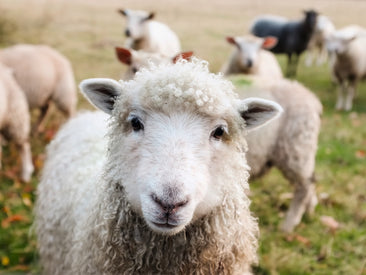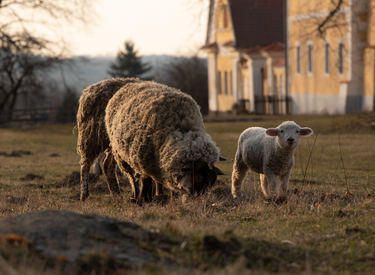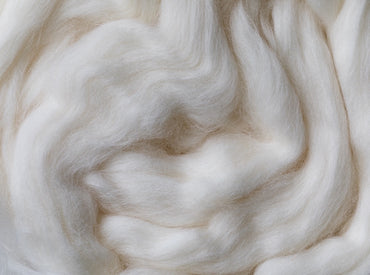Natural
Wool is a natural product that is shorn annually. It is naturally anti-microbial, wicks moisture, and regulates temperature - keeping you warm in winter and cool in summer.
Introduction:
One of the reasons wool pillows are gaining in popularity is because of their natural properties (hypoallergenic, free from artificial chemicals, etc.). One of these natural properties that is most impressive is how wool pillows are more resistant to mold and dirt than their artificial/synthetic counterparts. However, regular care is still required because of the long lifespan of wool pillows. Below, we’ve outlined why wool pillows stay cleaner, alternatives to cleaning your pillow, and a step-by-step guide on how to hand wash your pillow when necessary.
If you want the instructions on how to wash, skip all the way to the bottom.
Why Wool Pillows Stay Cleaner:
The short summary is because wool fibers possess unique properties that make them more resistant to mold and dirt as compared to synthetic pillows.
Natural moisture-wicking: One of the reasons wool makes for good performance athletic gear is because of its moisture-wicking properties. That same benefit is applied in your pillow. As American Wool explains, “Wool pulls moisture vapor away from your skin before it can become sweat. And it can absorb more than 30% of its weight before it even feels damp. And it works the other way too, taking on a heavy dose of external moisture before you ever feel it.”
Temperature regulation: Wool naturally regulates heat, if it didn’t we’d have a mass extinction of all sheep with their huge wool coats. Wool allows air to circulate and prevents excess heat and therefore sweat when you sleep at night. A consequence of this is wool doesn’t build up as much bacteria or fungi in comparison to a synthetic pillow.
Natural oils and lanolin: Lanolin is, “secreted by the sheep sebaceous glands, and represents a complex mixture of high molecular mass lipids, including fatty acids and alcohols, sterols, hydroxyacids, diols, and aliphatic and steryl esters.” (ScienceDirect) or to put it another way, it prevents microbial build up due to its waxy nature. In turn this reduces odors and the need for frequent washing.
Alternatives to Washing:
Here are a few alternatives to washing the entire wool pillow, which will help increase the pillows lifespan.
Pillowcase protection: Pillowcases act as the first line of defense and it should go without saying that washing your pillowcase frequently keeps the pillow cleaner.
Spot cleaning: If you have a small spill or stain on your pillow you can remove it by spot cleaning. Gently blot the affected area with a white vinegar, baking soda, or lemon juice diluted in water, using a clean cloth or sponge. Also avoid using artificial chemicals when spot cleaning.
How to Machine Wash Wool Pillows:
If your pillow is completely soiled, you can wash on the wool cycle (delecate) with a full load of laundry and using only cold water. Do not machine dry, as it will damage the pillow. Instead put the pillow in a well ventilated area and allow it to sun dry. Don’t leave in the sun for more than 30 minutes.
How to Hand Wash Wool Pillows:

Wool is a natural product that is shorn annually. It is naturally anti-microbial, wicks moisture, and regulates temperature - keeping you warm in winter and cool in summer.

Wool is organic and completely biodegradable, making it an excellent material for sustainability.

Wool purifies the air by removing volatile organic compounds (VOCs) such as formaldehyde in the atmosphere.